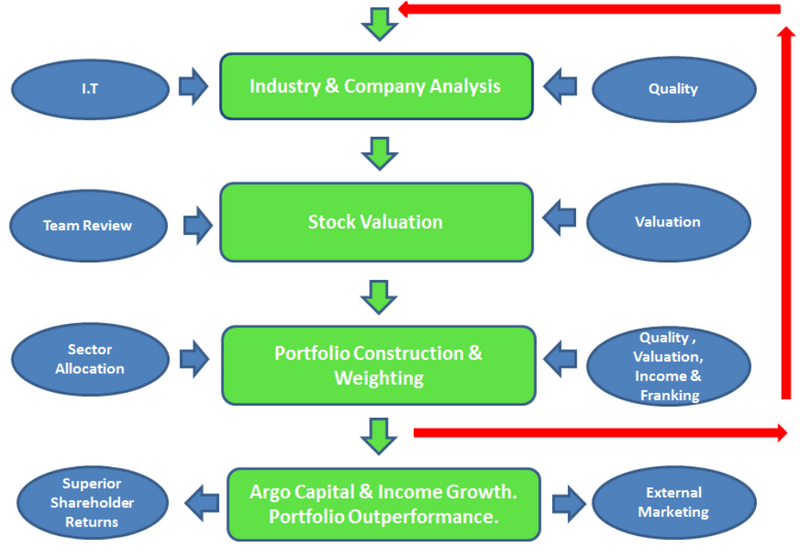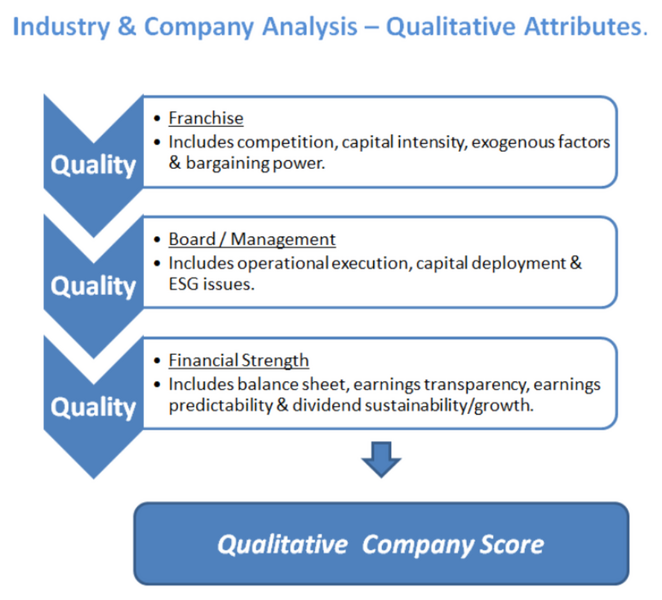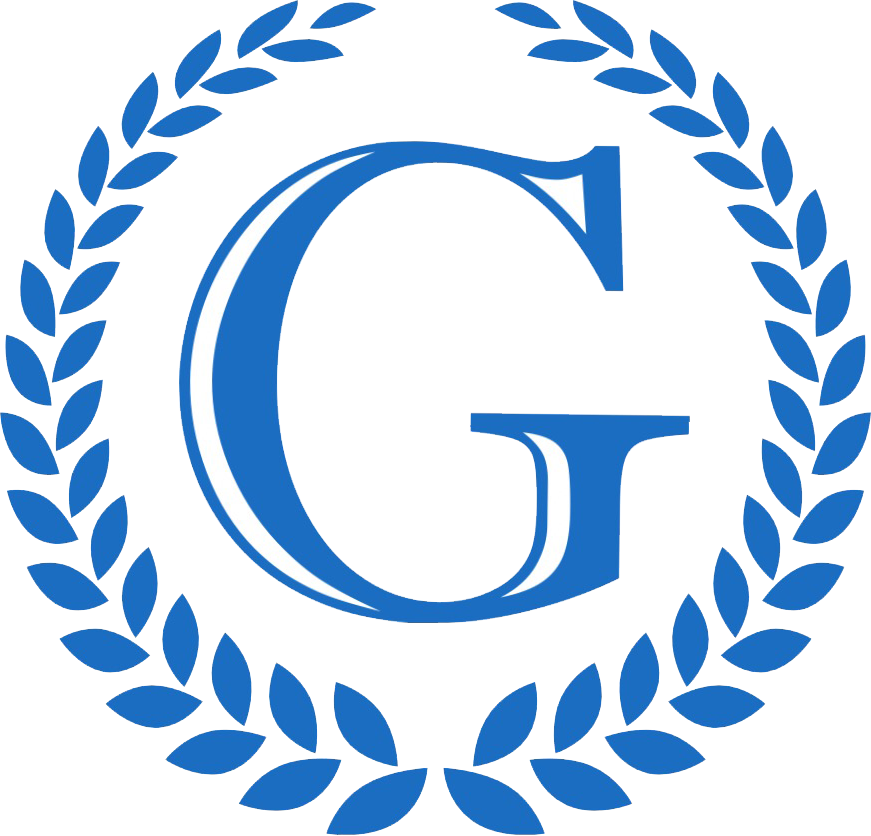Consulting
includes a broad range of activities, and in some cases different
industries use very different terminology. One way to categorise the
activities is in terms of the professional’s area of expertise (such as
competitive analysis, corporate strategy, operations management, or
human resources). But in practice, as many differences exist within
these categories as between them.
Another
approach is to view the process as a sequence of phases—entry,
contracting, diagnosis, data collection, feedback, implementation, and
so on. However, these phases are usually less discrete than most
consultants admit.
Perhaps
a more useful way of analyzing the process is to consider its purposes;
clarity about goals certainly influences an engagement’s success.
This can be summarised in eight hierarchical categories or 'building blocks' .
The Eight Building Blocks
- Providing information to a client.
- Solving a client’s problems.
- Making a diagnosis, which may necessitate redefinition of the problem.
- Making recommendations based on the diagnosis.
- Assisting with implementation of recommended solutions.
- Building a consensus and commitment around corrective action.
- Facilitating client learning—that is, teaching clients how to resolve similar problems in the future.
- Permanently improving organisational effectiveness.
We
have found by using this framework, it doesn't necessarily have to
completed one after the other as there may some urgent priorities that
need addressing immediately. During the course of our engagement, we
would aim to address these eight categories to provide an outcome driven
engagement.


